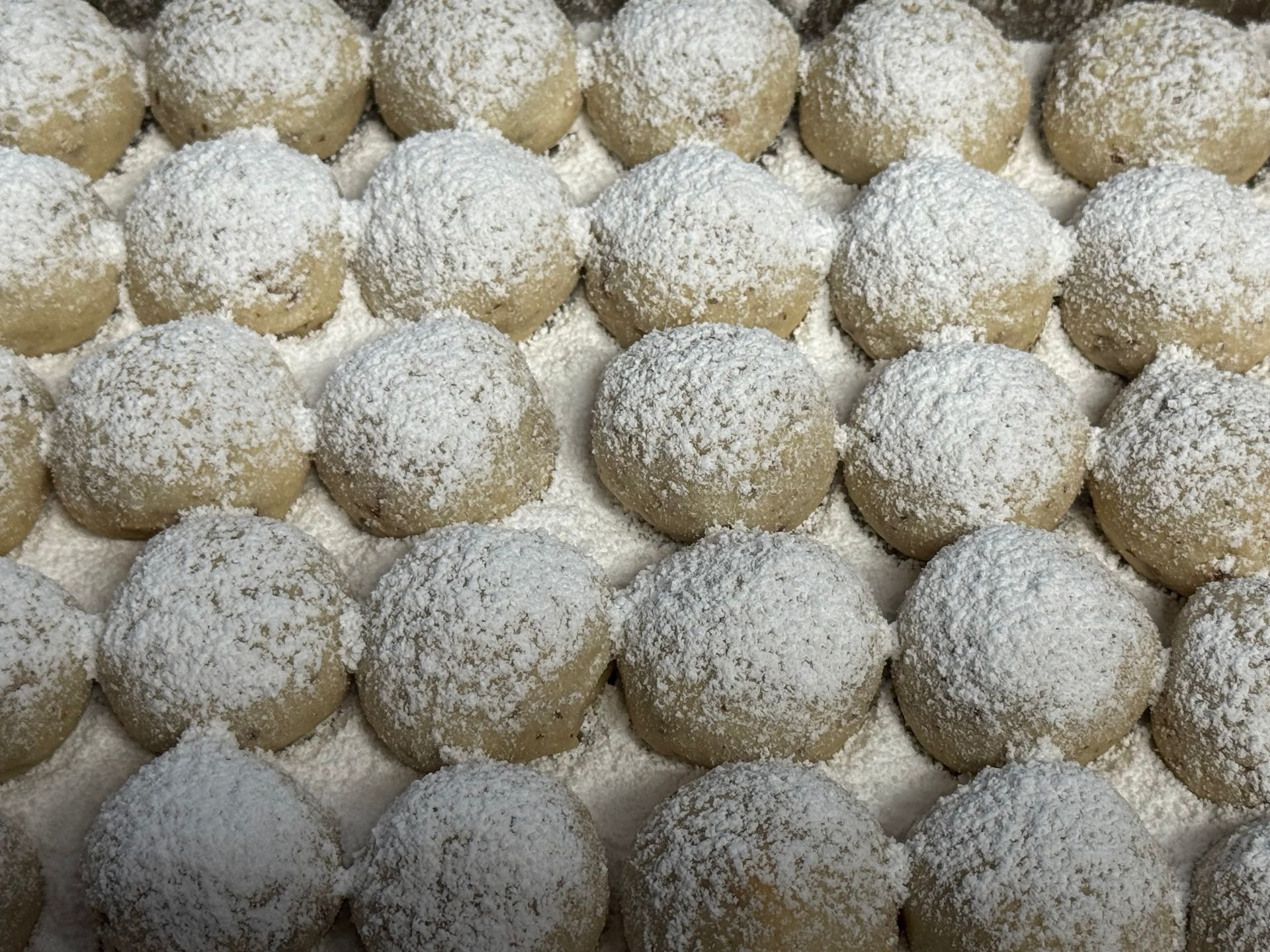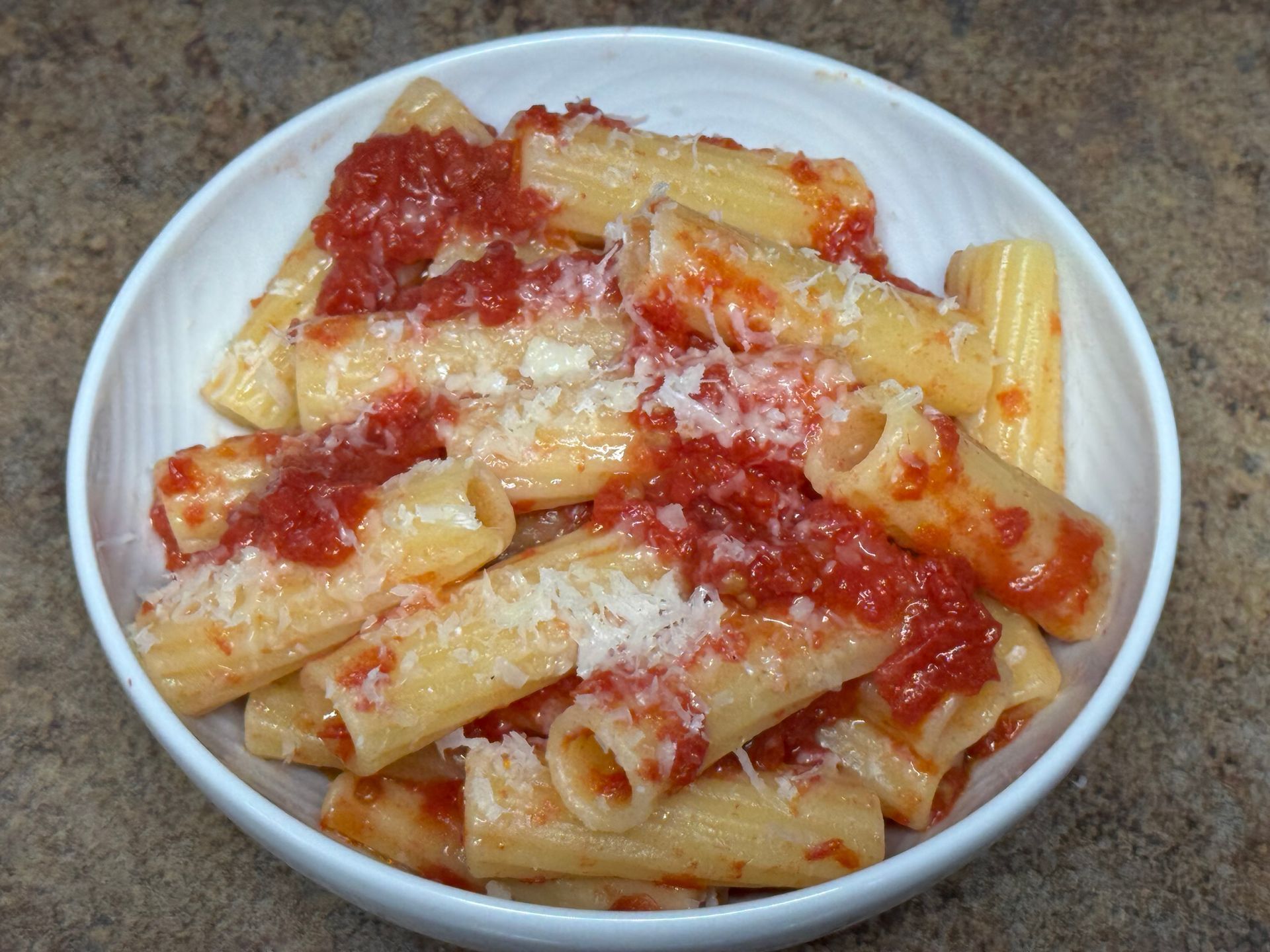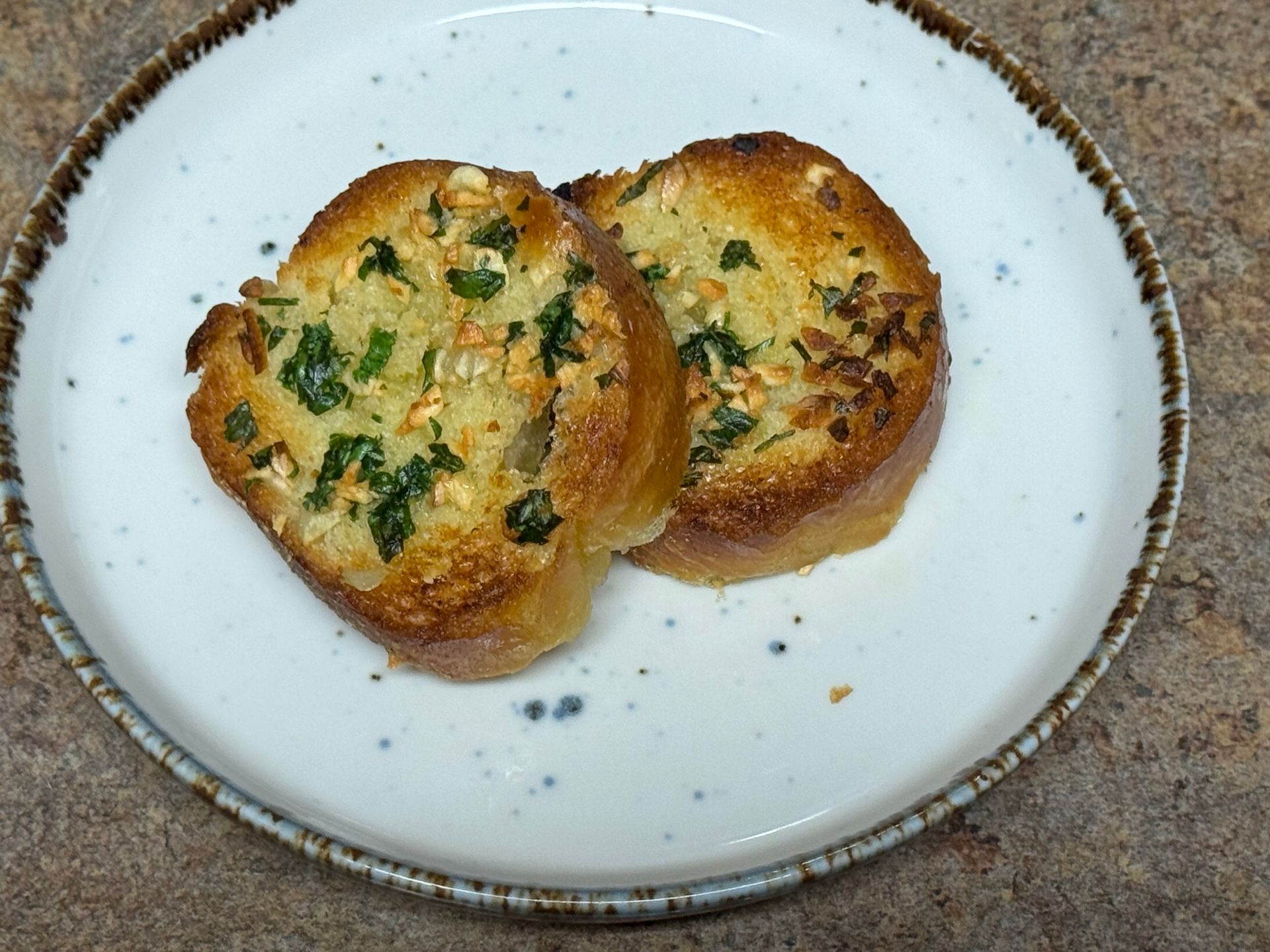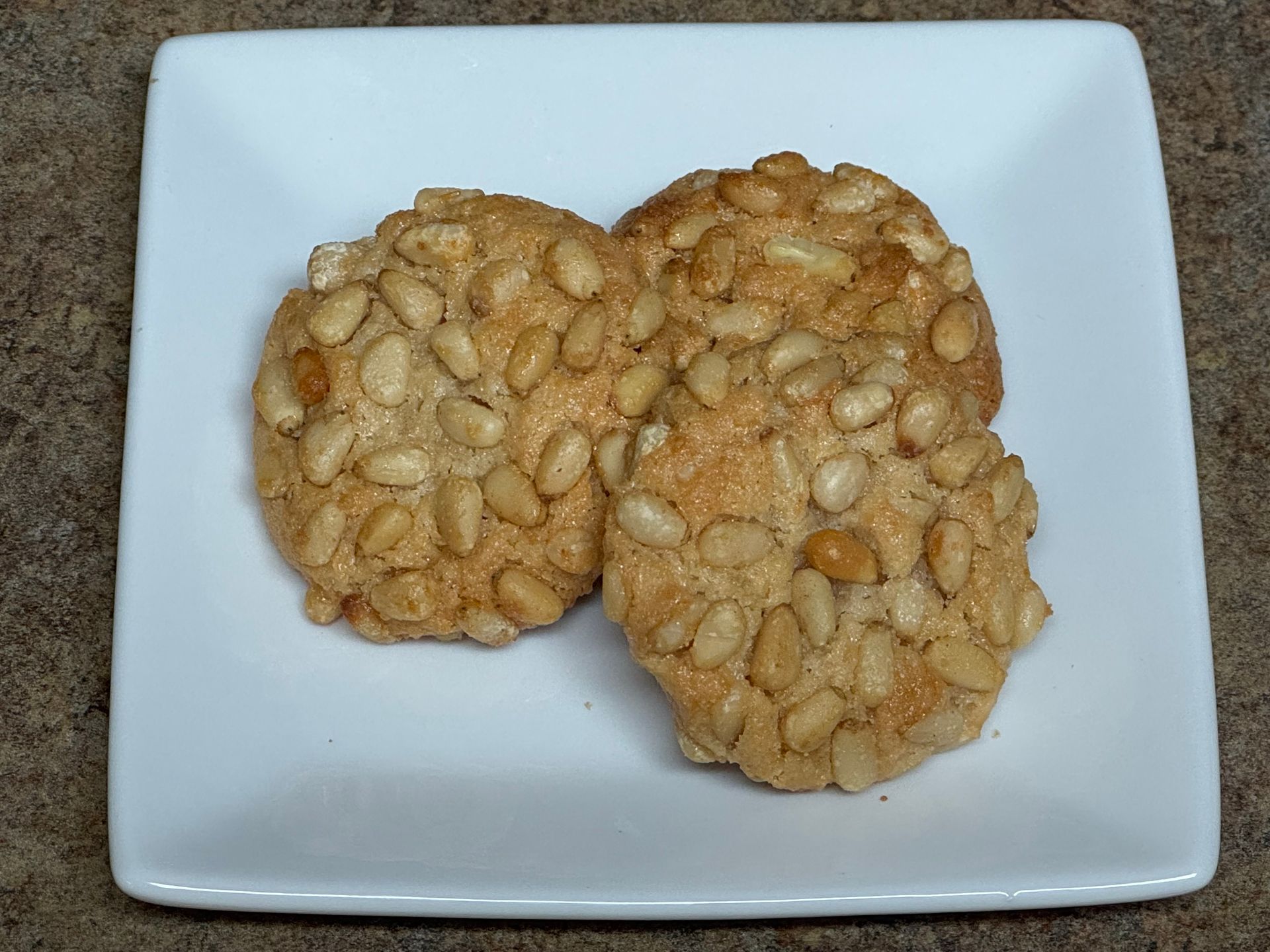
My mother cooked broccoli rabe with olive oil, lot's of garlic & chicken broth until the stems were very tender & the color was 'khaki' green... we dipped Italian bread into the delicious garlicky broth; my mother often made broccoli rabe sandwiches for my school lunch- garlicy, kind of soggy and so delicious!

Broccoli Rabe (Rapini)
Some people consider rapini to be bitter, especially when undercooked. It's totally a comfort food for me, especially with garlic and olive oil!
Some of the local, Philly restaurants serve amazing sandwiches of roasted pork or veal with broccoli rabe, garlic and melted cheese-amazing!
Prep Time: 10 min
Cooking Time: 20 min
Yield: 4 portions
Ingredients
3 heads Broccoli rabe, fresh
3 oz. Olive oil
3 cloves Garlic, peeled
1/2 tsp Kosher Salt
t.t. Black pepper
1 Cup. Chicken broth
tt. Red pepper flakes
How to cook Broccoli Rabe
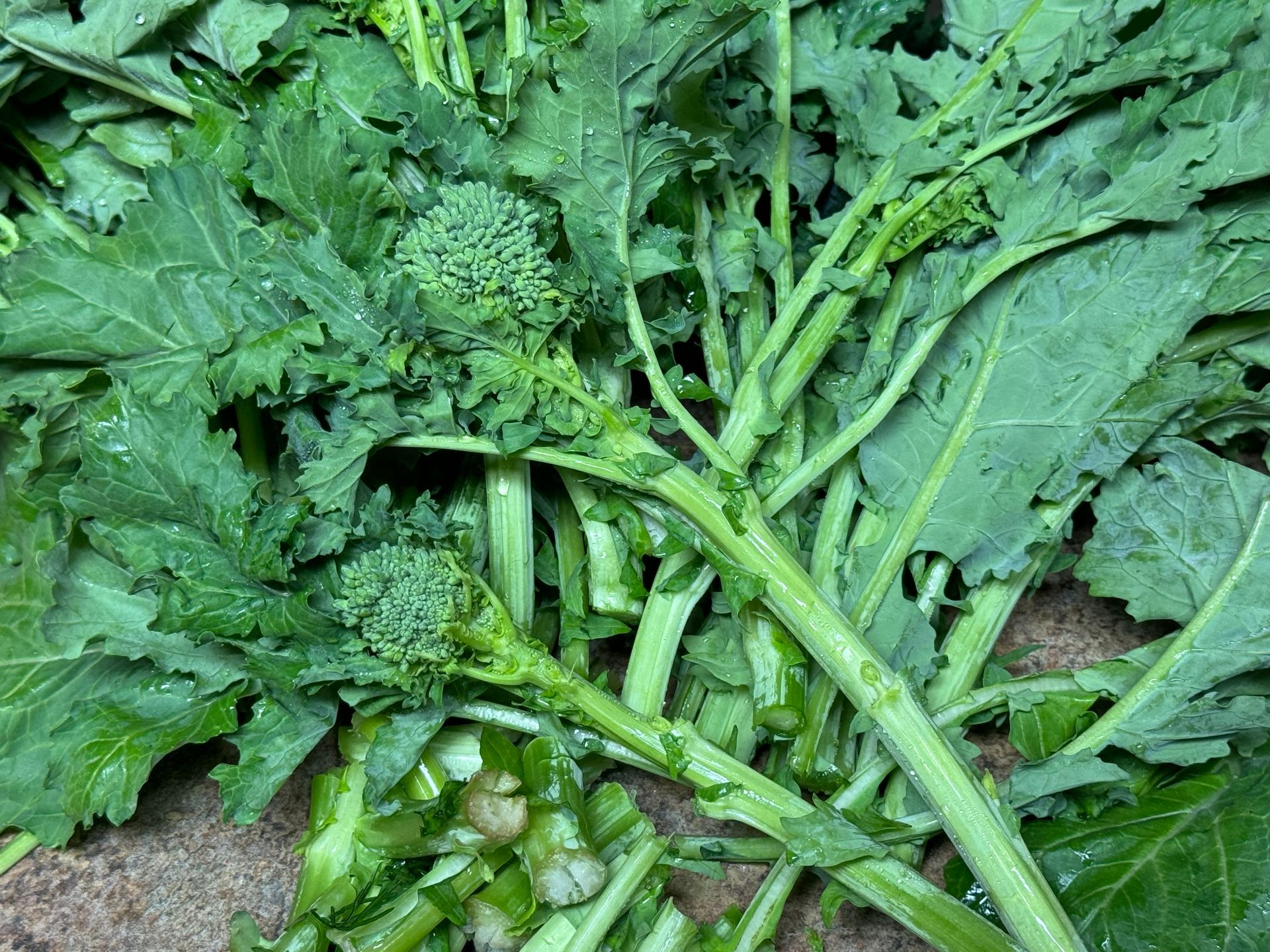
Step 1
Rinse the broccoli rabe in cool water and then cut the florets to about 3 inch long pieces. Slice about 1/4 inch from the stem and discard the ends; peel the stem, discarding the peels. If the stems are very thick, split in half the long way. Cut the stem pieces into slices about 1 inch thick.
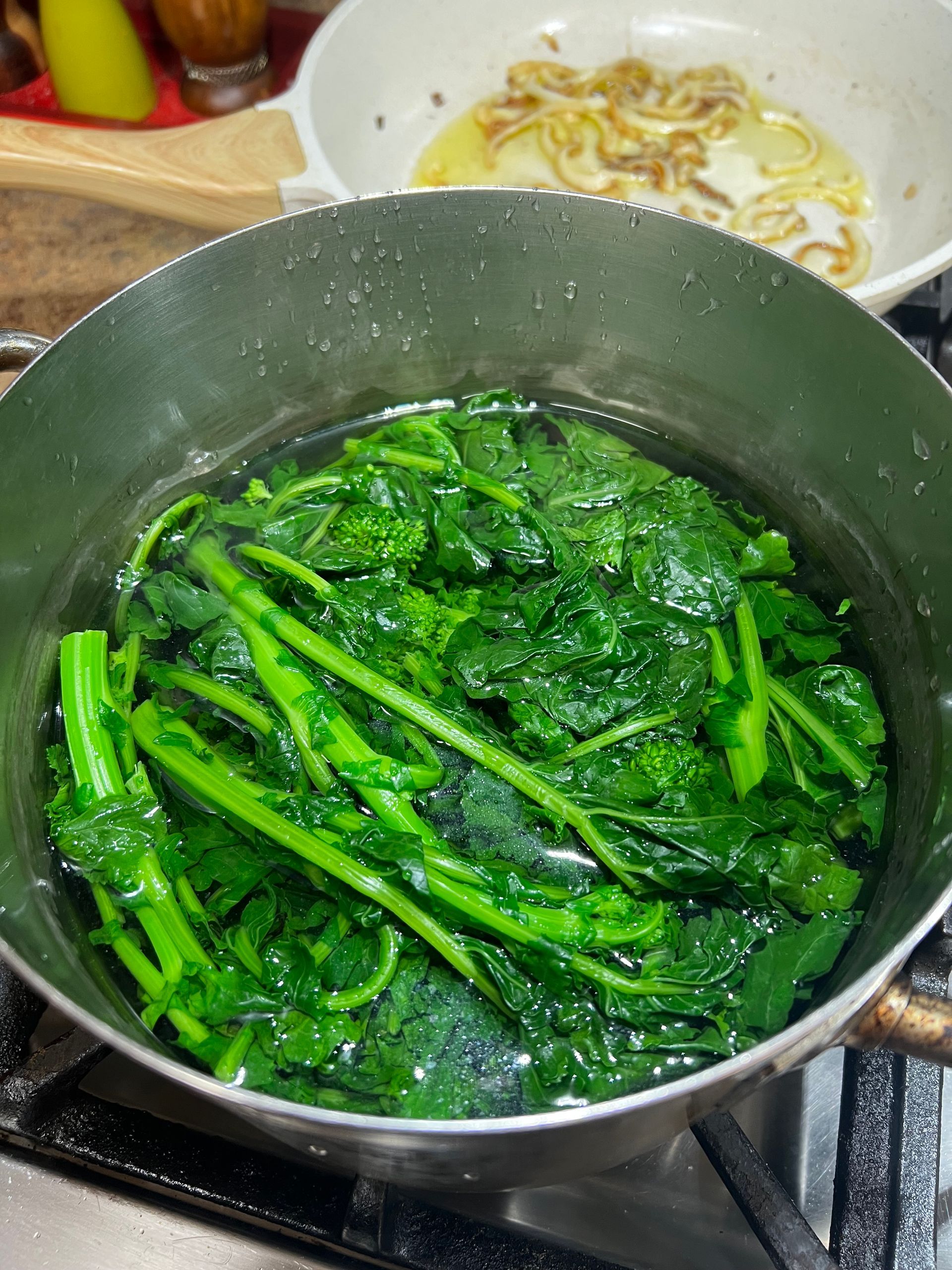
Step 2
Optional: Blanch the broccoli rabe by simply placing it into a pot of boiling, salted water. The water should have enough salt so it has a 'sea water' saltiness to the taste. Boil until tender, about 3 minutes... you'll notice the color is still bright green but the broccoli rabe is tender and sweet (not bitter/spicy).
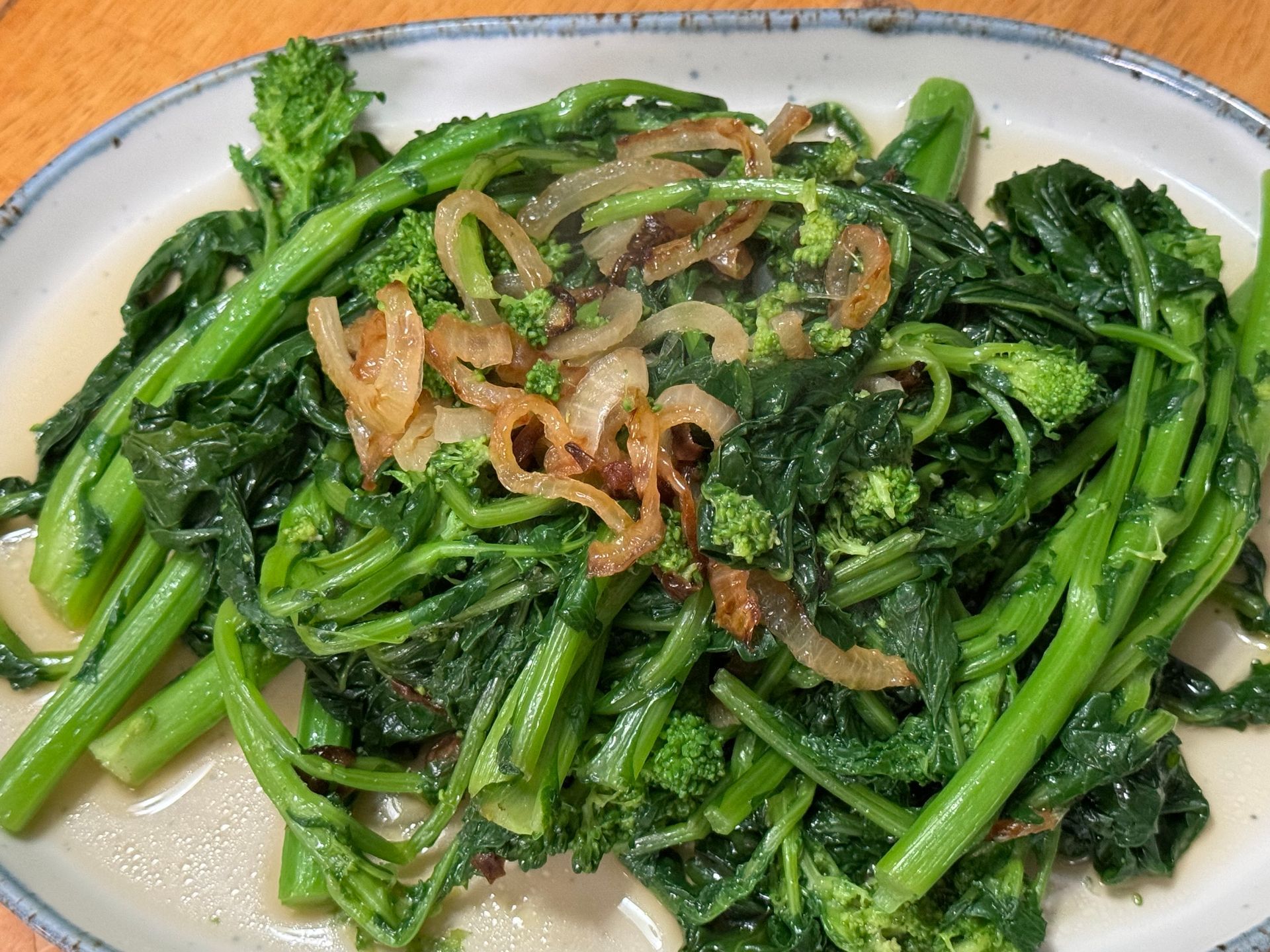
Step 3
Heat a saute pan, add the olive oil to heat. When the oil is hot, add the blanched or raw broccoli rabe and garlic and heat until bright green (about 4 minutes) stirring with a wooden spoon, add the salt & pepper and then the chicken broth. Add the red pepper flakes and simmer until the broccoli rabe is tender (about 5 additional minutes) serve.
